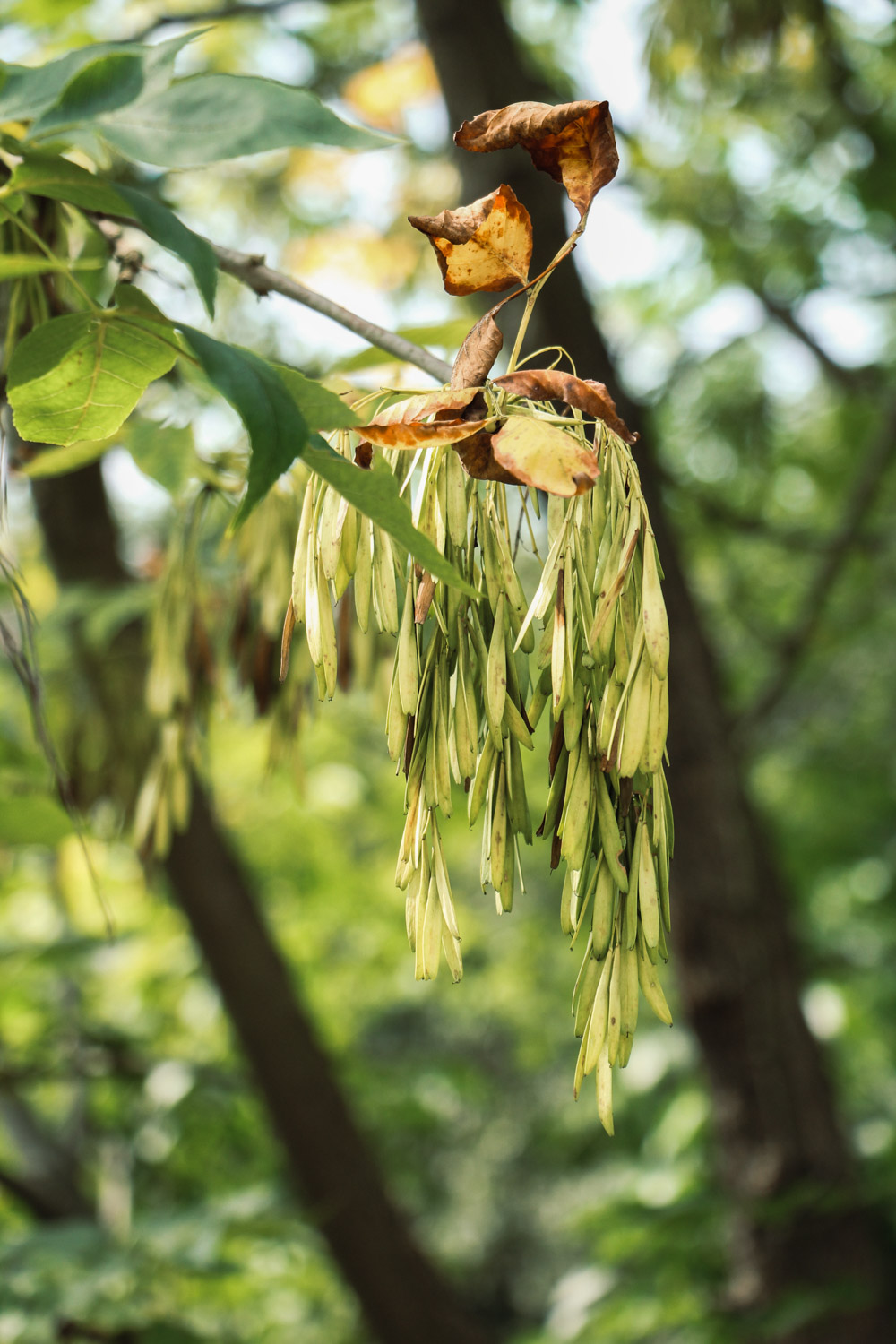Sowing and propagation
This method is more complicated to operate. Friends who are willing to try can operate according to the elements I said. First, we should carry out the steps of seed collection. Their seeds generally mature in September. At this time, we should choose healthier plants and pick them in time when the Samara turns yellow and the kernel has begun to harden. After the seeds are treated, they can be sprouted

Because the seed dormancy period is relatively long, germination is also very important. At this time, you can choose a leeward and sunny position to dig a ditch below the frozen soil layer, but also ensure that it is above the underground water level. The width is about 80cm and the length is enough to plant seeds. A layer of wet sand of about 10 cm should be paved below. At this time, the seeds can be put into the ditch and mixed well with the wet sand
A layer of wet sand shall be covered at the position about 10cm away from the ground, and finally covered with soil. This process takes about two or three months. After that, it can be sown and maintained normally. At this time, we should also remind that in case of drought in early spring, we must replenish water in time, otherwise the soil will become hardened and unable to sprout

Cutting propagation
You must be familiar with this method. This method is relatively simple. It is suggested that you should choose this method if you have conditions. First of all, select the branches. Each section should not exceed 20cm. The mouth at the lower end should be cut obliquely. Use a sharp knife as far as possible, so as not to hurt the remaining branches and bark. After disinfection, they can be soaked in rooting solution, which is more conducive to their rooting
Before planting, prepare the land to cultivate them, and fill in the basic fertilizer. Organic fertilizer is the best. After the film covering treatment, even if the cutting is completed, the later management can not be ignored. Properly shielding them from the sun can make their survival rate higher


 how many times do yo...
how many times do yo... how many planted tre...
how many planted tre... how many pine trees ...
how many pine trees ... how many pecan trees...
how many pecan trees... how many plants comp...
how many plants comp... how many plants can ...
how many plants can ... how many plants and ...
how many plants and ... how many pepper plan...
how many pepper plan...





























